EDGAR ARCENEAUX
— “What’s Ben Vereen doing at a kid’s birthday party?” I thought. I remembered the video from twenty years ago I was never able to forget about. I introduced myself and Ben spoke to me warmly, until I brought up Nobody, when Vereen performed in blackface for Ronald Reagan’s Inauguration in 1981, and his demeanor shrank. Detecting that I hit an unforeseen nerve, I asked if I could call him and discuss it further. I did not tell him I had a performance in mind for him then, I erred towards caution, fearing he would avoid me till I went away. “Ask my daughter for my number”, he told me. I realized then that artist Koran Davis, was his Koran Vereen. I was at the Underground Museum, an alternative artist space in Arlington Heights, a neighborhood of Los Angeles. Co-founded by the great figurative painter, Noah Davis and his wife Koran, the Underground Museum is a cultural hub that serves low-to-moderate income neighborhoods with contemporary art. It was my first time there to the space, a gem of a exhibition hall, hidden behind a nondescript storefront, that I had driven by without notice on many an occasion. Before I left the party, she promised to share with me later, the rest of the story. It wasn’t until Koran and I spoke later that week, that I learned of the tragic aftermath of Nobody. The bend in Ben’s neck and slump in his chair when I mentioned that performance, was subtle yet beneath the surface was bloated with the deepest of yearnings. “I convinced him that you could be trusted. That you were one of the good ones. So here’s his number”.
It was early spring, 2014, and I was in North Hollywood, driving along a sedate family neighborhood, of well kept upper middle class homes, along a tree lined street. He met me at the gate and escorted me in. The house was scented with incense and a painting of Chicken George, his iconic role in Alex Haley’s, TV Mini series Roots, was on the wall. It was a beautiful home, large interior and well decorated but with the markers of a single man. “I don’t live here, I just keep my things here” I recall him saying to me as he showed me into the home.
“So what do you want to know, or how can I help you?” said Ben as he sat there in a love seat and me across from him. His shirt was unbuttoned down his chest, and a long scar was visible in the center of it. Perhaps a scar from a surgery years before from his car accident I wondered.
“You want some tea, or some water?”
“Water be great. Thank you.” I replied.
We were alone, just the two of us in this big living room, I nervously knocked over the water bottle. He offered to show me the video.
“I haven’t seen it in 20 years, and I can’t find it online anywhere” I told him.
“Yeah, well I don’t have it either, but I do have the first version I performed on television for an awards show.” He sat on the floor in front of me with the glow of the television in front of him, creating in mind a timeline.
Before that night in 1981, he had already performed Nobody across the county in his traveling show, and now I’m watching it with him, as he sits on the floor in front of me, watching himself. “Look at those high kicks, I was a bad man back then… Look at me, bam, bam. whoo!”
I witnessed the windows of time align, me watching Ben, watching himself, embodying Bert Williams, revealed the archetypal past alive within the transient present. I could see myself from the outside, like in a video feedback loop where the room can be seen in the room inside the room stretching beyond my horizon. When did this performance of Nobody begin, and when did it end? Would whatever I was dreaming up to propose to Ben that afternoon, be the resolution or the continuation of that event?
His dancing and singing were as phenomenal as I remembered it, and the ending as touching and emotionally devastating. Even more so, when he sat down back in his love seat in front of me.
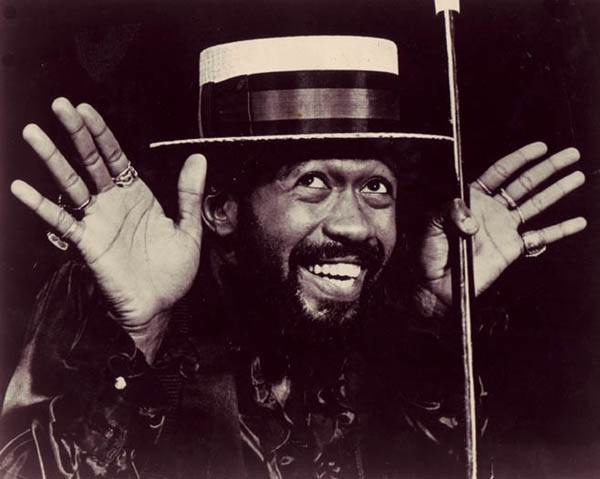
Ben Vereen in Pippen. 1972
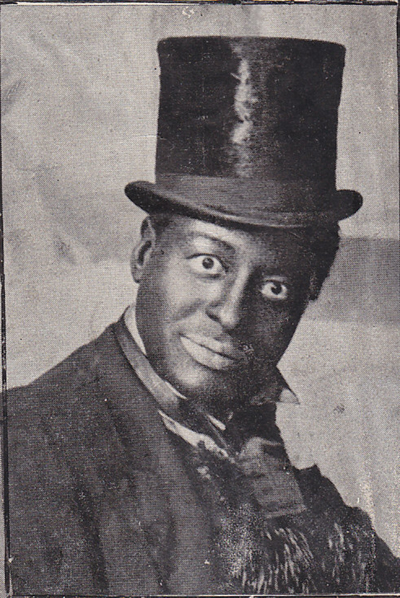
Bert Williams. Ziegfeld Follies, circa 1910.
“I never got my chance to tell my side of the story. I went there to tell the story of our people, what we went through, and that we can never let that happen to a people ever again”. Sitting erect in his seat, I could see the body of Ben’s dancer self, strong and poised emerge in front of me.
“It was like someone pulled a plug out of my heart.” The very community that he want there to represent were the one that turned on him the most.
After a long pause, I said, “I’d love to do something with you about this, I don’t know what yet, but if your open to meeting with me again, I’d like to show the performance the way in which it was meant to be seen. I believe now is the time, people will be able to see this, really see it.”
I smiled, and sank in my chair, glimpsing again at the scar just beneath his shirt. I hoped that in my smile, that he felt my recognition of his hurt. When I peered deeper, was it my imagination that I detected tears in his eyes? I again saw an alignment of windows. Beyond the personal, was a generational despair that traveled beyond the era of Bert Williams and minstrelsy.
After a prolonged pause, “Alright Edgar, lets do something together. You just gotta promise me that you’ll protect me. I can’t go through that again.”
Accepting the weight of that burden as opportunity, numerous discussions, consultations and persistence, Ben grew to trust me to tell his story, and we became friends.
The memory of meeting Ben at the Underground Museum is bitter sweet, since Noah Davis, Ben’s son-in-law would tragically succumb to his fight with cancer in August of 2015, during the height of his creative output. Survived by a young family who loved him tremendously, Ben’s daughter Koran had become a widow. Unable to remedy your child’s pain is one of the worst things a parent can fathom. Having a 10 year old daughter of my own, I cannot fathom how my wife and I could possess the power to console her of such a loss. Ben and I only spoke of Noah’s death briefly by phone when I called him to shared my condolences. We spoke in the evening from the studio before beginning thats nights rehearsal for Until, Until, Until. After we hung up I thought of that scar that ran down the middle of Ben’s chest, atop his heart.
“This is your material now, I did my part, now it’s your time to make it your own.” he told me and Frank (Lawson) the actor who was playing Ben. “Make it your own”.
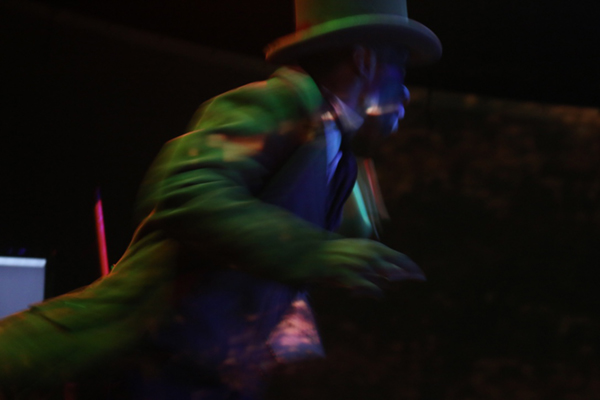
Actor Frank Lawson as Ben Vereen performing Bert Williams
Photo credit: Lamont Hamilton. 2015
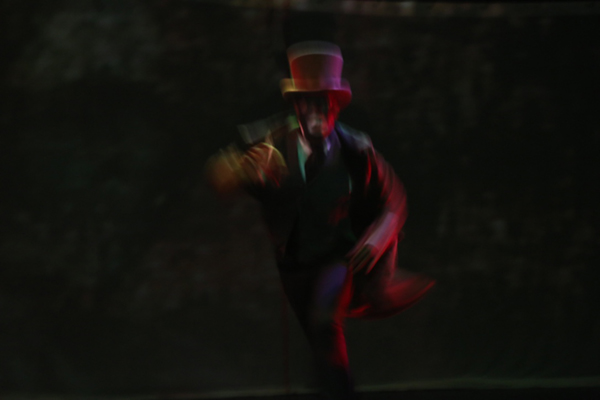
Actor Frank Lawson as Ben Vereen performing Bert Williams
Photo credit: Lamont Hamilton. 2015
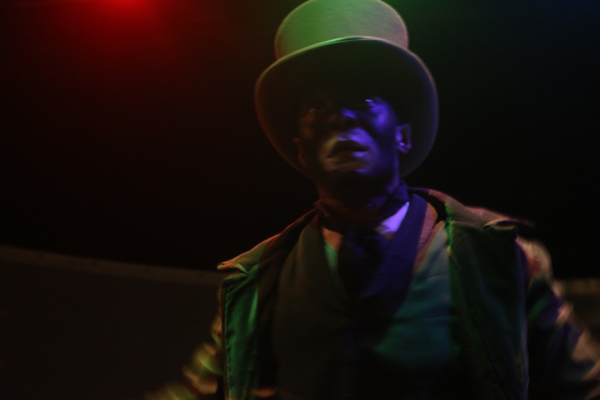
Actor Frank Lawson as Ben Vereen performing Bert Williams
Photo credit: Lamont Hamilton. 2015
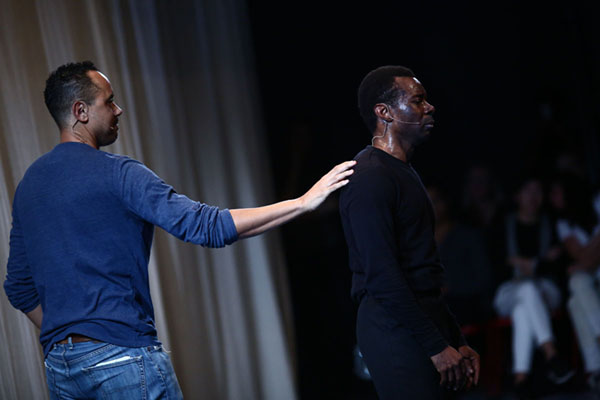
Edgar Arceneaux and Frank Lawson in final scene of UNTIL, UNTIL, UNTIL…
Photo credit: Paula Court. Performa Commission 2015
—
Edgar Arceneaux was born in 1972, in Los Angeles. Arceneaux was the director of the Watts House Project from 1999-2012. Solo exhibitions of his work have been mounted at Kunstverein Ulm, Germany; Susanne Vielmetter Los Angeles Projects; The Studio Museum of Harlem, New York; and the Project, New York, and most recently MIT List Visual Arts Center, Cambridge. He has been included in group shows at Galerie Thaddaeus Ropac, Paris; Mona Bismarck American Center, Paris; Whitney Museum of American Art, New York; Museum of Contemporary Art, Los Angeles; the Orange County Museum of Art; the San Francisco Museum of Modern Art; Kunstmuseum Basel; and the Museum Ludwig, Cologne, and many more.
